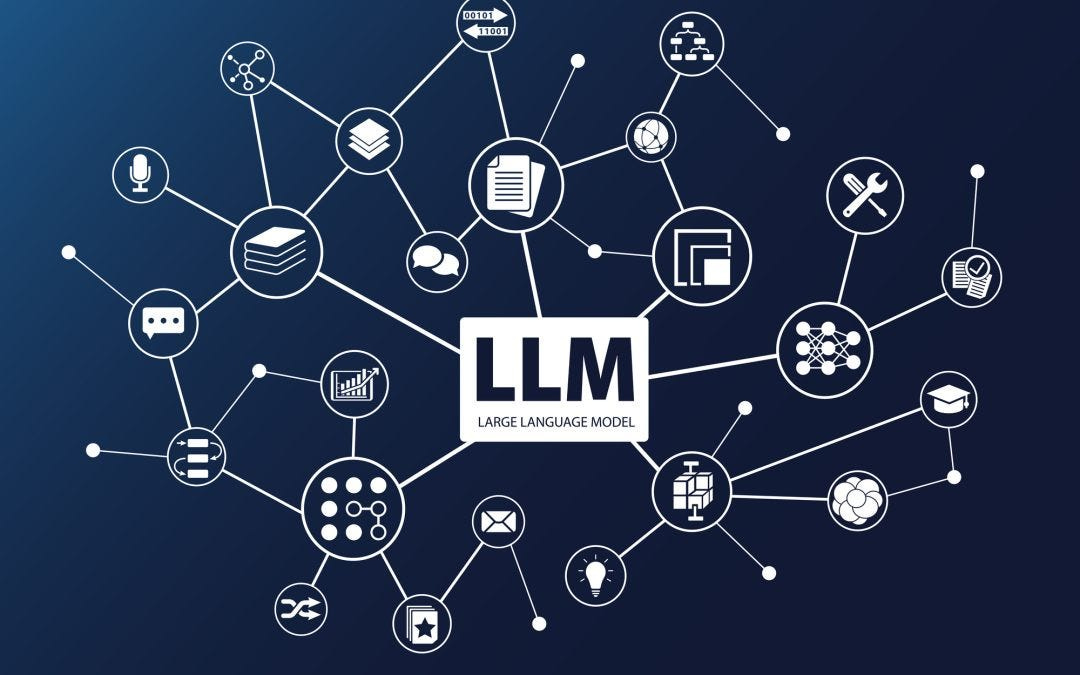Introduction
The story of Large Language Models (LLMs) isn't about a single inventor but rather a series of breakthrough innovations spanning decades. This transformation from academic research to worldwide phenomenon represents one of the most significant technological leaps of the 21st century.
Early Foundations (1940s-2000s)
The conceptual groundwork for LLMs began with Claude Shannon's information theory in the 1940s and the early development of neural networks. However, the modern journey of LLMs truly started with the development of statistical language models and the concept of word embeddings—ways to represent words as mathematical vectors.
In 2003, Yoshua Bengio and his colleagues introduced neural probabilistic language models, which laid crucial groundwork for modern LLMs. This work demonstrated that neural networks could learn to predict the next word in a sequence while simultaneously learning meaningful word representations.
The Transformer Revolution (2017)
The watershed moment came in 2017 when researchers at Google introduced the Transformer architecture in their paper "Attention Is All You Need." The team, led by Vaswani, Shazeer, Parmar, and others, created a neural network architecture that could process text more efficiently and effectively than previous approaches. The Transformer's key innovation was the "attention" mechanism, allowing the model to weigh the importance of different words in context.
The Birth of Modern LLMs (2018-2019)
Building on the Transformer architecture, OpenAI released GPT (Generative Pre-trained Transformer) in 2018, followed by GPT-2 in 2019. These models demonstrated that pre-training on vast amounts of internet text could lead to surprisingly capable language models. BERT, developed by Google researchers in 2018, further showed how these models could be fine-tuned for specific tasks.
Scaling Up and Breaking Through (2020-2022)
The real explosion in capabilities came with GPT-3 in 2020, which at 175 billion parameters was dramatically larger than previous models. This scale-up revealed emergent abilities: the model could perform tasks it wasn't explicitly trained for, simply through natural language instructions.
Meanwhile, other organizations began developing their own large language models:
Google developed PaLM and LaMDA
DeepMind created Gopher and Chinchilla
Anthropic developed the Claude series
Meta released OPT and LLaMA
The Open Source Revolution (2022-2023)
A parallel revolution occurred in the open-source community. The release of Meta's LLaMA model, followed by various "leaks" and the emergence of projects like BLOOM and MPT, democratized access to LLM technology. This led to an explosion of innovation as developers worldwide began fine-tuning and adapting these models.
Commercial Breakthrough (2022-2024)
The launch of ChatGPT in November 2022 marked the moment LLMs captured global attention. Its user-friendly interface and impressive capabilities sparked widespread public interest and adoption. This was followed by rapid commercialization:
Microsoft integrated GPT-4 into Bing
Google launched Bard
Anthropic released Claude
Numerous startups began building LLM-powered applications
Impact and Implications
The development of LLMs has transformed multiple industries:
Software development with AI coding assistants
Content creation and editing
Customer service automation
Educational tools and tutoring
Research and analysis
However, their rise has also sparked important discussions about AI safety, bias, misinformation, and the future of human work.
Looking Forward
As of 2024, LLMs continue to evolve rapidly. Research focuses on making models more reliable, faster, efficient, and controllable while reducing their environmental impact. The field has moved from asking whether AI can understand language to grappling with the implications of increasingly capable AI systems.
The story of LLMs represents a remarkable collaboration between academic researchers, tech companies, and open-source communities. While no single person "invented" LLMs, their development stands as a testament to the cumulative nature of scientific progress and the power of building upon previous innovations.



